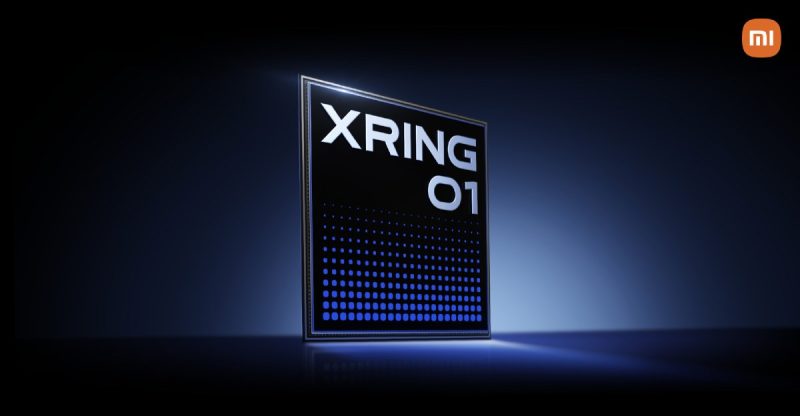
Xiaomi has just dropped a bombshell in the mobile chip market. Their first truly flagship-level in-house chipset, the Xring O1, is here and it’s aiming straight for Qualcomm’s crown. This isn’t just another mid-range processor; this is a 3nm, 10-core beast designed to compete directly with the Snapdragon 8 Elite, MediaTek’s Dimensity 9400, and even Apple’s A18 series.
The sheer specifications are impressive. We’re talking two Arm Cortex-X925 prime cores screaming at 3.9GHz, backed up by a formidable supporting cast of cores. The graphics capabilities are equally potent, boasting a 16-core Immortalis-G925 GPU that matches the power of MediaTek’s top-tier offering. Xiaomi claims an AnTuTu score exceeding three million, putting it firmly in flagship territory.
But benchmark numbers only tell part of the story. What truly sets the Xring O1 apart is Xiaomi’s clear ambition. This isn’t just a chip; it’s a statement of intent. The company isn’t content with simply using other companies’ processors; they’re now ready to compete on their own terms. This is evident in their simultaneous launch of the 15S Pro phone and Pad 7 Ultra tablet, both powered by the Xring O1. The 15S Pro, a sleek carbon fiber redesign of last year’s 15 Pro, replaces the Snapdragon 8 Elite with Xiaomi’s own creation. The Pad 7 Ultra is a premium tablet experience, featuring a 14-inch OLED screen and incredibly slim 5.1mm profile.
Xiaomi’s ambitions stretch beyond smartphones and tablets. They’ve also unveiled the Xring T1, a smartwatch chipset with a built-in 4G modem, powering a new eSIM version of the Watch S4. This demonstrates a clear strategy to control the entire ecosystem, not just a single product category.
This is a significant challenge to Qualcomm, a company that has long benefited from Xiaomi’s massive phone sales. While a recent multi-year agreement ensures Qualcomm will continue to supply Xiaomi with Snapdragon chips, Xiaomi’s bold move signals a long-term shift towards self-sufficiency. If Apple can design its own chips and dominate the market, why can’t Xiaomi? The Xring O1 is the first step in answering that question, and the implications for the mobile industry are huge. The battle for mobile supremacy just got a whole lot more interesting.










